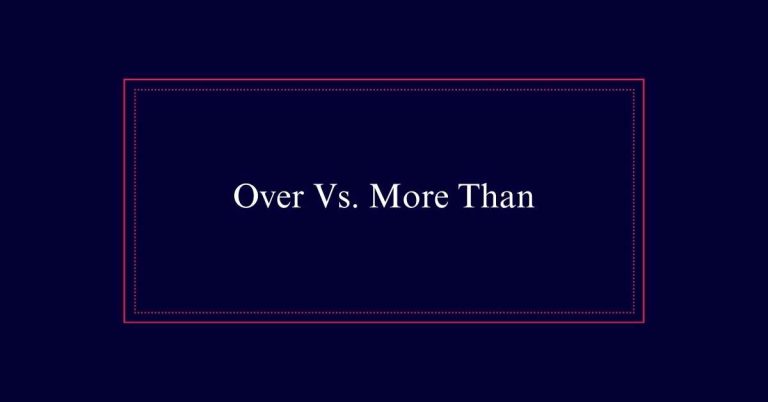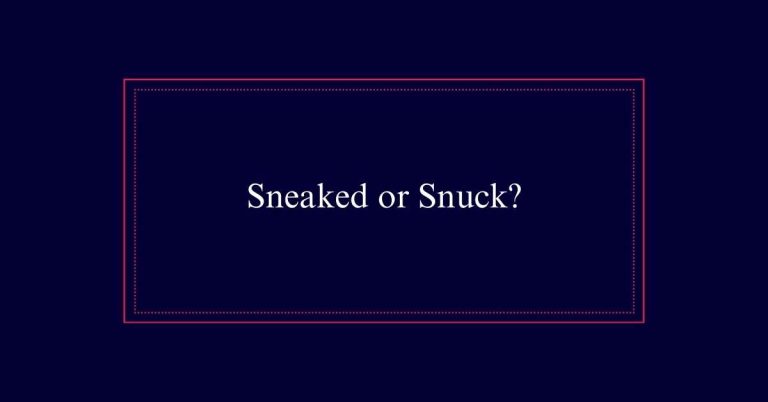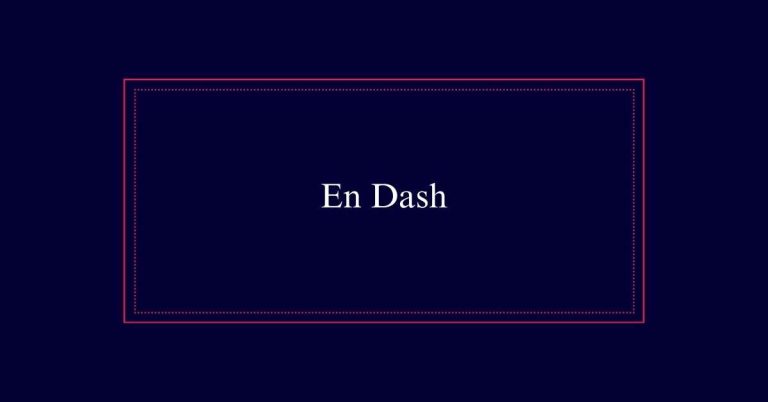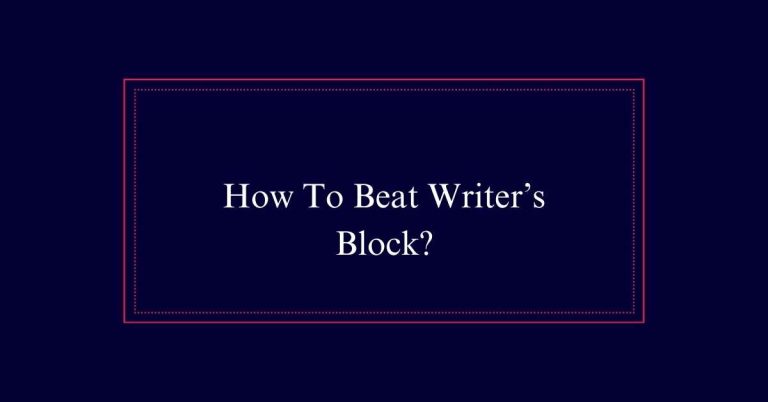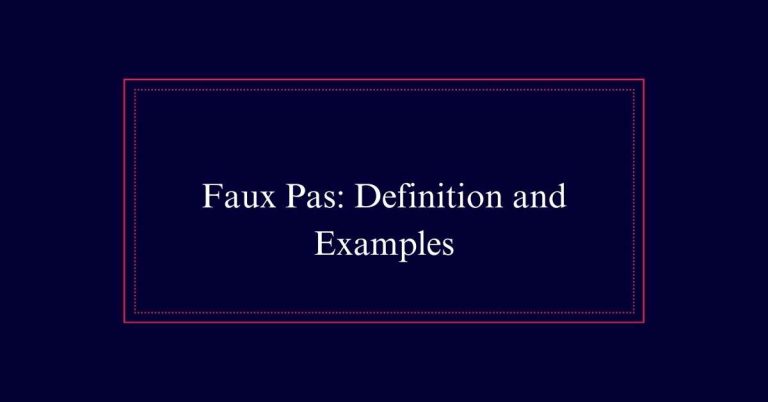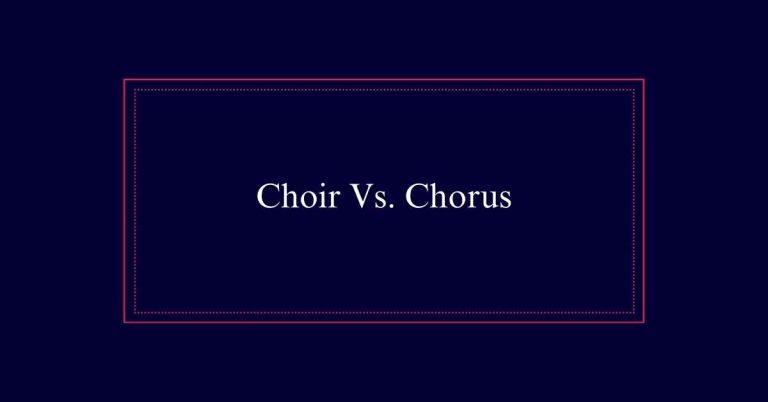Do you use a comma before “So”?
When ‘so’ is used as a coordinating conjunction to connect two independent clauses, you should place a comma before it. For example, ‘I was tired, so I went to bed early.’ This comma clarifies the relationship between the clauses and guarantees sentence clarity. If ‘so’ is used as a subordinating conjunction, introducing a dependent clause, a comma is generally not needed. For instance, ‘I worked hard so I could succeed.’
Using a Comma With so
When using ‘so’ as a coordinating conjunction, a comma is required before it. This is because ‘so’ connects two independent clauses. Each clause can stand alone as a complete sentence.
For example, ‘The grocery store was out of tomatoes, so I borrowed some from my neighbor.’ Here, both clauses are independent, and the comma before ‘so’ is necessary. The comma helps to clarify the sentence structure and guarantees the reader understands the causal relationship between the clauses.
A quick trick to determine if a comma is needed is to replace ‘so’ with ‘therefore.‘ If the sentence still makes sense, a comma is likely needed. This rule guarantees proper punctuation and clarity in writing.
Understanding Independent Clauses
Understanding independent clauses is fundamental to mastering punctuation with coordinating conjunctions like ‘so.’ An independent clause conveys a complete thought and can stand alone as a sentence. For instance, ‘The sun set’ is an independent clause.
When a sentence contains two independent clauses, they can be joined by coordinating conjunctions like ‘so.’ For example: ‘The sun set, so the sky turned dark.’ Here, both ‘The sun set’ and ‘the sky turned dark’ are independent clauses. Including a comma before ‘so’ is essential to correctly punctuate the sentence.
Recognizing independent clauses helps ensure proper punctuation, making your writing clear and effective. Understanding this concept is essential for determining when to use a comma before ‘so.’
Coordinating Conjunctions Overview
Coordinating conjunctions are essential tools in writing that connect words, phrases, and independent clauses to create clear and cohesive sentences. They help maintain the flow and coherence of text. These conjunctions can link similar elements or balance contrasting ideas.
Here is a quick overview of their functions:
| Conjunction | Function | Example |
|---|---|---|
| And | Adds information | She bought apples and oranges. |
| But | Shows contrast | He wanted to go, but he was too tired. |
| Or | Presents alternatives | Do you want tea or coffee? |
| So | Indicates consequence | It was late, so we decided to leave. |
FANBOYS Conjunctions
In English grammar, FANBOYS is an acronym that represents the seven coordinating conjunctions: for, and, nor, but, or, yet, and so. These words are used to connect independent clauses.
Each conjunction serves a unique purpose. For adds reason, and adds information, nor adds a negative alternative, but introduces contrast, or presents options, yet also shows contrast, and so introduces a result or consequence.
Understanding FANBOYS aids in constructing clear and effective sentences. When using these conjunctions, it is important to remember to use a comma before the conjunction if it is joining two independent clauses. This guarantees clarity and readability in writing.
Dependent Clauses Explained
Having looked at how FANBOYS conjunctions connect independent clauses, it is now important to understand how dependent clauses function in sentences.
A dependent clause, unlike an independent clause, cannot stand alone as a complete thought. It relies on an independent clause to provide context and meaning. For example, in the sentence ‘When it began to rain, I ran for shelter,’ ‘When it began to rain’ is a dependent clause that depends on ‘I ran for shelter’ to form a complete thought.
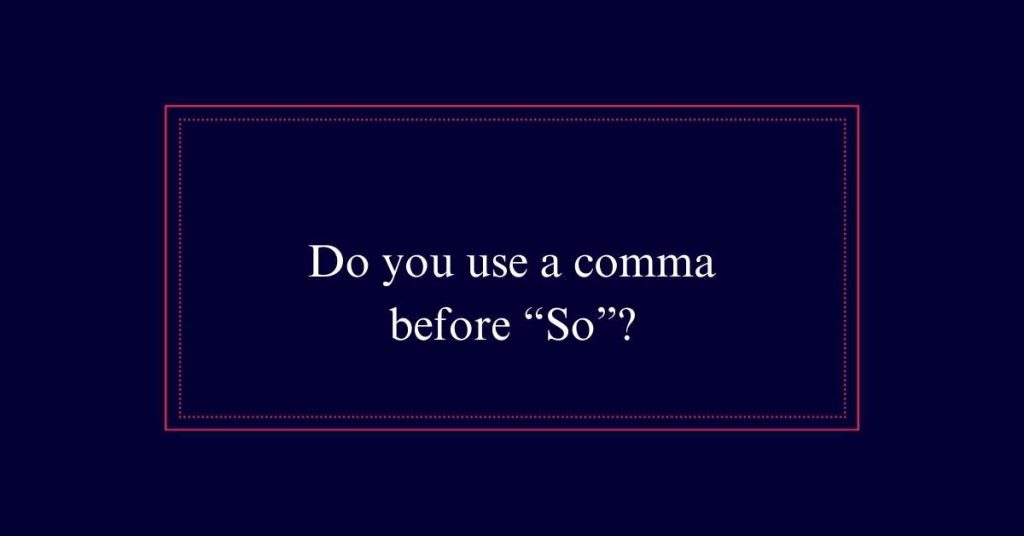
Dependent clauses often begin with subordinating conjunctions like when, because, or although. They add additional information, such as reason, time, or condition, to the main clause. Understanding this distinction is crucial for proper punctuation.
Subordinating Conjunctions and So
Subordinating conjunctions, such as so, play an essential role in connecting dependent clauses to independent clauses, providing additional context and meaning. When used as a subordinating conjunction, so introduces a dependent clause that explains purpose or reason.
For example:
- ‘I studied hard so I could pass the test.’ Here, ‘so I could pass the test’ is a dependent clause explaining the purpose of studying hard.
- ‘She left early so she could catch the train.’ The clause ‘so she could catch the train’ gives the reason for leaving early.
- ‘He saved money so he could buy a car.’ The phrase ‘so he could buy a car’ shows the intention behind saving money.
Quick Comma Decision Trick
How can you quickly determine if a comma is needed before ‘so’? A useful trick is to replace ‘so’ with ‘hence’ or ‘thus.’ If the sentence still makes sense and maintains its meaning, you should use a comma before ‘so.
For example, ‘Daniel had the highest score in math, so he was made principal for the day’ becomes ‘Daniel had the highest score in math; hence, he was made principal for the day.’ The meaning remains clear, so a comma is needed.
However, if replacing ‘so’ with ‘so that’ changes the sentence or makes it awkward, then no comma is needed. For instance, ‘I went to the store so I could buy tomatoes’ does not require a comma.
So as a Coordinating Conjunction
When ‘so’ is used as a coordinating conjunction, it joins two independent clauses and is preceded by a comma. This conjunction provides a sense of causality or consequence.
For example, ‘The meeting was canceled, so we rescheduled for next week.’ Here, both clauses can stand alone as complete sentences.
To effectively use ‘so’ as a coordinating conjunction, follow these steps:
- Identify two independent clauses: Make sure each clause can stand alone.
- Insert a comma before ‘so’: This separates the two clauses.
- Verify the causal relationship: Confirm that ‘so’ correctly conveys a cause-and-effect link.
So as a Subordinating Conjunction
‘So’ can also act as a subordinating conjunction, linking an independent clause with a dependent clause to indicate purpose or reason. For example, in the sentence ‘I went to the store so I could buy tomatoes,’ ‘so’ connects the independent clause ‘I went to the store’ with the dependent clause ‘I could buy tomatoes.’
When used this way, ‘so’ does not require a comma. The dependent clause introduced by ‘so’ cannot stand alone as a complete thought. It relies on the independent clause for meaning. This usage highlights the reason or intention behind the action in the main clause.
Common Mistakes to Avoid
Many writers mistakenly use a comma before ‘so’ when it introduces a dependent clause. This error can disrupt the flow and clarity of the sentence.
To avoid such mistakes, remember these key points:
- Check the Clause Type: Determine if ‘so’ is connecting an independent or dependent clause. Use a comma only if both clauses are independent.
- Substitute with Consequently or For That Reason: Replace ‘so’ with ‘consequently’ or ‘for that reason’. If the sentence still makes sense, a comma is needed. Otherwise, omit the comma.
- Review FANBOYS: Recall that ‘so’ is a coordinating conjunction. When it connects two independent clauses, a comma is required.
Frequently Asked Questions
How Does Punctuation Affect the Clarity of a Sentence?
Punctuation greatly enhances sentence clarity by delineating thoughts, separating clauses, and indicating pauses. It helps readers comprehend the intended meaning, reduces ambiguity, and facilitates smoother reading flow. Proper punctuation guarantees effective communication and prevents misunderstandings.
Can “So” Start a Sentence?
Yes, “so” can start a sentence. It often introduces a result or conclusion. For example: “So, the meeting was rescheduled.” It is common in both formal and informal writing to use “so” this way.

